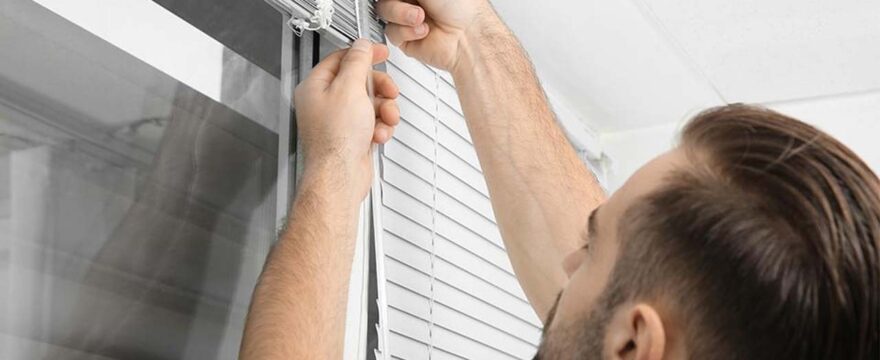Blinds, in particular the installation of them, might be a scary prospect for any homeowner. Installing furniture while blinds are up may be difficult. Fortunately, the reality is far less complicated than many individuals believe. In reality, constructing bespoke blinds may be as simple as attaching a frame or a few minutes to attach brackets and a headrail.
Helpful Tips Before You Start
Before we get into how to put up blinds, it’s vital to understand the many options available. Express Essex Blinds have helped us explain the distinction between mounts and fix alternatives so you can pick the most appropriate solution for your house.
Inside or Outside the Recess Mounts?
Inside or outside the recess, you may install window blinds. Inside your window’s hollow, inside the recess mountings fit securely in place. Because there is no overlap on the side of the window, this style of installation offers a clean and elegant aesthetic. Inside-the-recess mounts are by far the most popular option in general.
Outside the recesses, on the other hand, are ideal for windows with a narrow window sill or those with obstacles like handles and cranks. For this sort of mount, you simply hang the curtains above the window opening and allow them to fall just beyond the edge of the window recess.
In most situations, an inside the recess mount will give a more attractive appearance. If you have narrow window sills or windows with handles that prevent effective operation, you can opt for outside the recess mount.
Understanding Different Fix Styles
Outside and inside recessed mounting locations are the only types available. You may select between a variety of fix types, such as face fix, top fix, and ceiling fix. Here’s a quick rundown of the various styles, including the advantages and disadvantages of each one.
Face Fix
A headrail mount is a type of blind installation in which the lintel or architrave, usually known as the beam that runs along the top of the window frame or directly to the face of the window frame itself, is used to attach the blind’s headrail. The best window coverings for this type of mount are roller blinds and roman blinds, which provide the most privacy and light control. Depending on the window’s frame, it can be utilised with both outside-the-recess and inside-the-recess mounts.
The disadvantage of this mount is that some blinds, particularly artificial wood blinds and other heavier varieties, might put strain on the lintel. This type of mounting also hides the lintel, making it unsuitable if you have decorative frames or headers above your windows.
Top Fix
Only inside recess mount holes can a top repair be used. The blind is attached to the underside of the lintel, giving it a seamless, built-in appearance. It creates a delicate appearance and is ideal for modern homes and areas that want to have a sophisticated aspect. The disadvantage of a top mount is that not all windows are deep enough to hold the headrail. Before deciding on a mounting and fixing approach, measure your curtains and the window recess.
Ceiling Fix
In certain situations, you may need to repair the blinds to the ceiling rather than the wall. This kind is particularly popular in floor-to-ceiling windows where drilling into the aluminium frame of the window is not feasible. By drawing the attention upwards, this fix creates the appearance of larger windows, and it may also be used with additional blinds and curtains to maximize light control. When utilizing substantial blinds such as real wood Venetian blinds, you may need to add battening – solid strips of wood or metal for support – which is a disadvantage.

